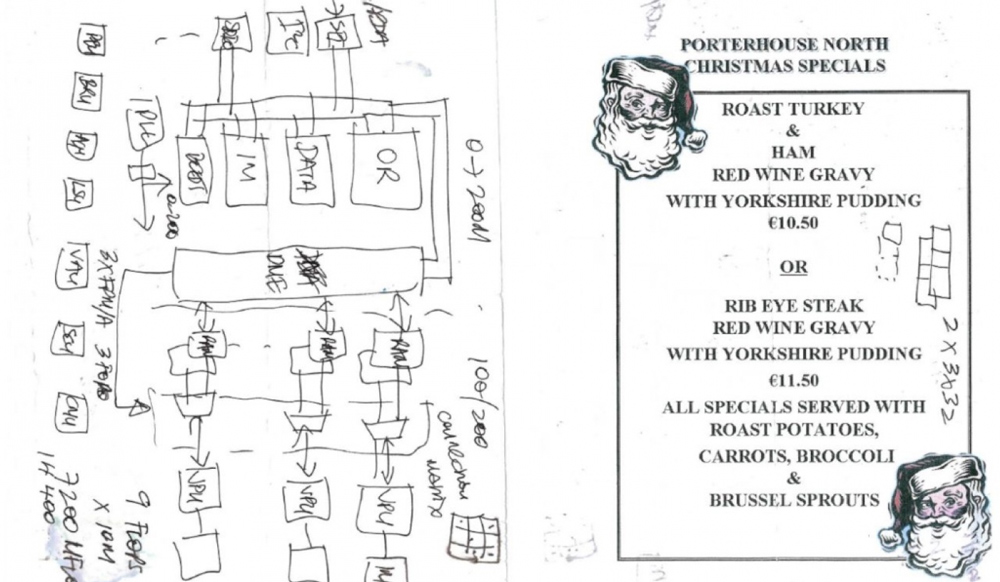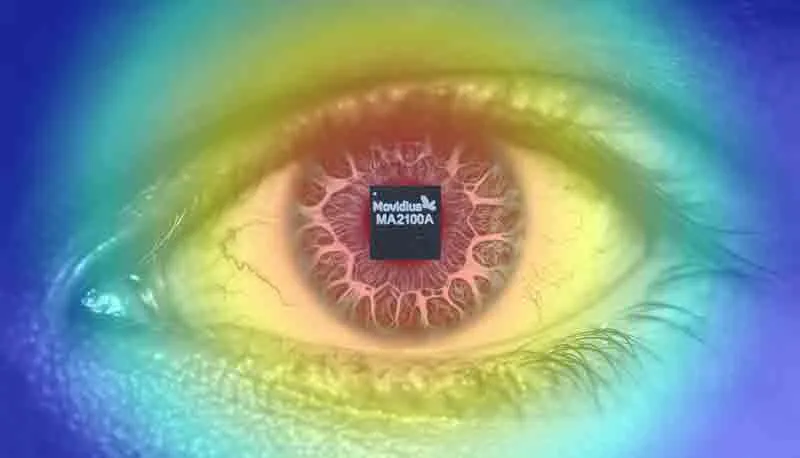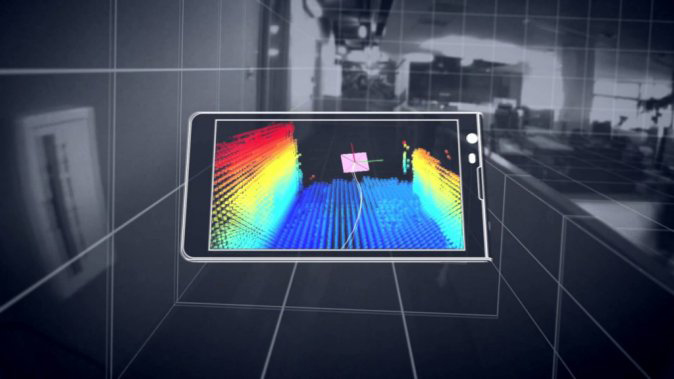If you haven’t yet heard of Movidius, very few would blame you. In the chip making world there are the Titans like Intel, Qualcomm, and Nvidia and then there’s everyone else. Movidius aims fall somewhere in the middle, a highly focused chip maker specializing in a chip that nobody else is making, at least not at their level. A chip focused entirely on computer vision problems.
Movidius’ origins read a bit like the script for a movie. David Moloney, Movidius’ CTO, was working on his PhD in High Performance Computing at the Trinity College in Dublin. Inspired by talks with Andy Nisbett, Moloney approached his long time friend and collaborator Sean Mitchell with an idea for a chip that would restructure the way we handle computer vision problems. The problem is hardware is neither easy nor cheap to develop and breaking into the chip making industry as a small start up out of Ireland was a long shot to say the least, but they persisted.
That’s when they met Valentin Muresan and had a series of “clandestine meetings” in 2005 in an effort to try and figure out how this chip could be developed on a startup sized budget. Those meetings lead the three of them to sketch out the original system block diagram for what would become Movidius’ first chip, on the back of the Porterhouse North Christmas Specials menu.

That was all ten years ago. Today, the company is thriving on a recent $40 million series E investment which came on the back of perhaps their biggest collaboration to date, with Google’s Project Tango.
The Myriad 1, the chip that Movidius developed with Toshiba for the Tango, allowed for computer vision problems to be handled by a single chip with 512Mb of stacked DRAM rather than by relying exclusively on either the CPU or the GPU on the mobile device (though it still does use the Tegra K1 GPU for some SLAM processing). This allowed for the GPU and CPU to focus on rendering and processing while offloading all the complex computer vision computation onto a separate, low-power chip.
But the Myriad 1 was only the beginning. Movidius is preparing to roll out a brand new version of the chip, simply dubbed the Myriad 2, which they promise will bring “20 times” the performance of the previous model.
The Myriad 2, which comes in at about the size of your pinkie nail, packs quite the punch. Utilizing twelve parallel vector processors, it is able to squeeze over 2 teraflops of processing power out of less than a single watt of power consumption, making it an ideal fit for mobile devices.
https://www.youtube.com/watch?v=rN1X0nUkJYU
But what does this mean specifically for VR and AR? It means that with this chip you could be running gesture, eye tracking, positional tracking, depth perception, and 3D object recognition simultaneously on a mobile device by mapping the algorithms to a single core while the CPU and GPU handle the actual application itself. While this doesn’t mean that the chip itself will solve some of the biggest remaining problems for VR and AR, it means that when we do figure out the right algorithms to use, we will have a way to power them. And from the sound of things, the major industry players aren’t sitting back quietly.
“If you look at each of the main players in AR and VR,” says Jack Dashwood, Movidius’ Marketing Communications Director, “HTC, Oculus, Magic Leap, Google, Sony and Apple, we are working with four of those six to integrate our chip into consumer products in the next year.” Even more interesting is that Dashwood told us that their chip “will be in one major consumer product by the end of the year,” and that it is “not manufactured by a company in the United States.”
Of the six companies named only two, HTC and Sony, are based outside the US and only one of those two still has a major product event on the calendar. It is worth noting that Valve’s Chet Faliszek recently said HTC’s October 2oth event would contain “cool phone stuff,” but that it is “not VR related.” There are plenty of non-VR uses for a Movidius chip inside a phone, such as image stabilization, bettering phone based AR applications, and improving facial recognition for advanced Snapchat features so Faliszek’s statements don’t rule out the chip being a part of the HTC One A9. We reached out to HTC, but they declined to comment at this time.
Speaking with TechCrunch earlier this year, Movidius CEO Remi El-Ouazzane said he has “a firm belief that China is going to take some steps forward to take the lead… especially in markets that matter to us,” pointing specifically to Chinese drone manufacturer DJI and “the largest camera module manufacturer,” which, according to this document, is LG Innotek. Interestingly, LG just announced the LG V10 smartphone with stereo forward facing cameras (for better selfies the company says) and the company has expressed a strong interest in VR and AR technology in the past.
The computer vision space, especially in mobile devices, will be incredibly interesting to watch over the next few years as we seem on the cusp of a number of important breakthroughs. And with companies like Movidius creating chips to power these advanced solutions, consumers might be seeing the benefits soon.



























